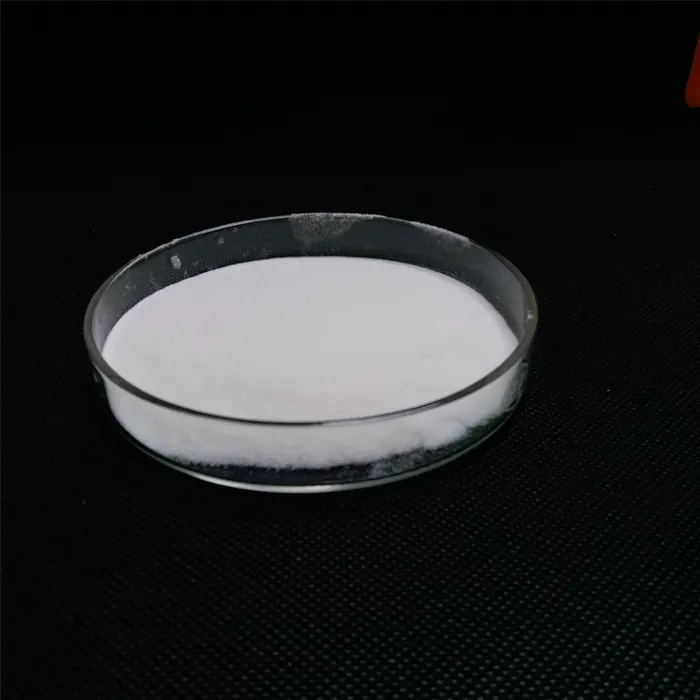Understanding Cationic Polyacrylamide (Cationic PAM) Properties, Applications, and Benefits
Cationic polyacrylamide (cationic PAM) is a synthetic polymer renowned for its versatility and effectiveness in various industrial and environmental applications. As a cationic polymer, it carries a positive charge, which distinguishes it from its anionic and nonionic counterparts. This unique attribute contributes significantly to its functionality in processes like water treatment, soil conditioning, and various chemical formulations.
Properties of Cationic PAM
Cationic PAM exhibits several key properties that enhance its utility. Firstly, its molecular weight can vary widely, which influences its performance in different environments. Higher molecular weight polymers typically exhibit greater effectiveness in flocculation and sedimentation processes. Additionally, cationic PAM is soluble in water, making it easy to deploy in various applications. The pH of the solution can also affect its performance, with an optimal pH range generally observed between 5 and 8.
The positive charge of cationic PAM contributes to its ability to interact with negatively charged particles in suspension. This interaction promotes agglomeration, whereby small particles cluster together to form larger floccules. As a result, cationic PAM is widely used as a flocculating agent in water treatment processes, clarifying beverages, and even in paper manufacturing.
Applications of Cationic PAM
The applications of cationic PAM are vast and varied. One of the most notable uses is in wastewater treatment. Cationic PAM effectively removes suspended solids and aids in the clarification of water. This is particularly beneficial in industries where the treatment of effluent is critical for regulatory compliance and environmental protection.
cationic pam

In the realm of agriculture, cationic PAM serves as a soil conditioner. It enhances soil structure, increases water retention, and reduces erosion. By holding soil particles together, it minimizes water runoff and improves the overall health of farmland. This application is especially relevant in areas prone to drought or where soil quality is compromised.
Moreover, cationic PAM is frequently employed in the oil and gas industry, particularly in hydraulic fracturing processes. Here, it helps in stabilizing the mixture of water and proppants, ensuring that the mixture can efficiently enter geological formations and enhance the extraction of hydrocarbons.
Cationic PAM is also utilized in various chemical formulations, including personal care products and cosmetics, where its thickening and conditioning properties are valued. In textile manufacturing, it aids in dyeing processes, ensuring even distribution and better fixation of dyes on fabrics.
Benefits of Cationic PAM
The benefits of using cationic PAM are numerous. Its efficacy in flocculation leads to improved clarity in water treatment applications, which is crucial for both aesthetic and health-related reasons. The enhanced soil structure it provides not only boosts agricultural productivity but also contributes to sustainable farming practices by reducing the need for chemical fertilizers and additional irrigation.
Furthermore, when used in industrial applications, cationic PAM can lead to significant cost savings. By improving operational efficiency, it reduces the amount of materials needed for processes like clarification and stabilizing products, ultimately leading to lower production costs.
In conclusion, cationic polyacrylamide is a multifunctional polymer that plays a critical role across various industries. Its unique properties and adaptability make it an invaluable tool for enhancing efficiency, promoting sustainability, and ensuring compliance with environmental regulations. As industries continue to innovate and prioritize eco-friendly practices, the demand for cationic PAM is likely to grow, solidifying its position as a cornerstone in both industrial and agricultural applications. Understanding and harnessing the potential of cationic PAM can lead to significant advancements in water treatment, agriculture, and beyond, thereby positively impacting both the economy and the environment.

